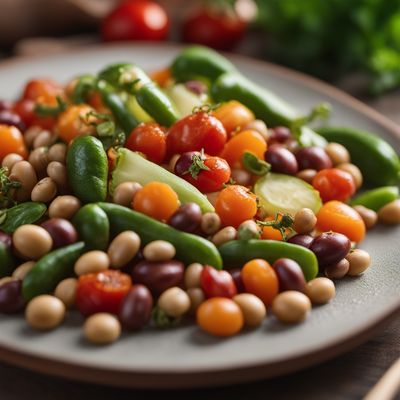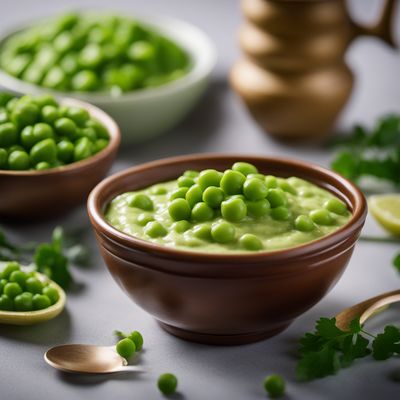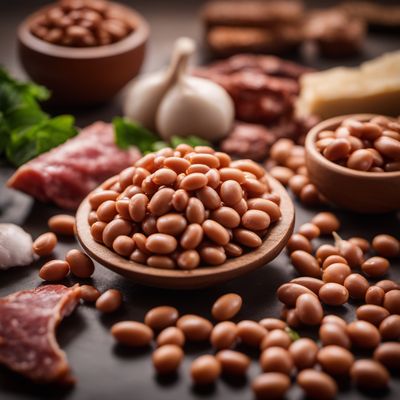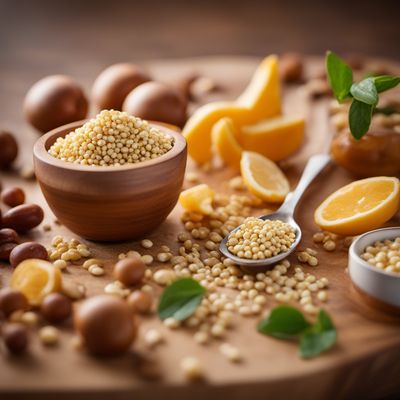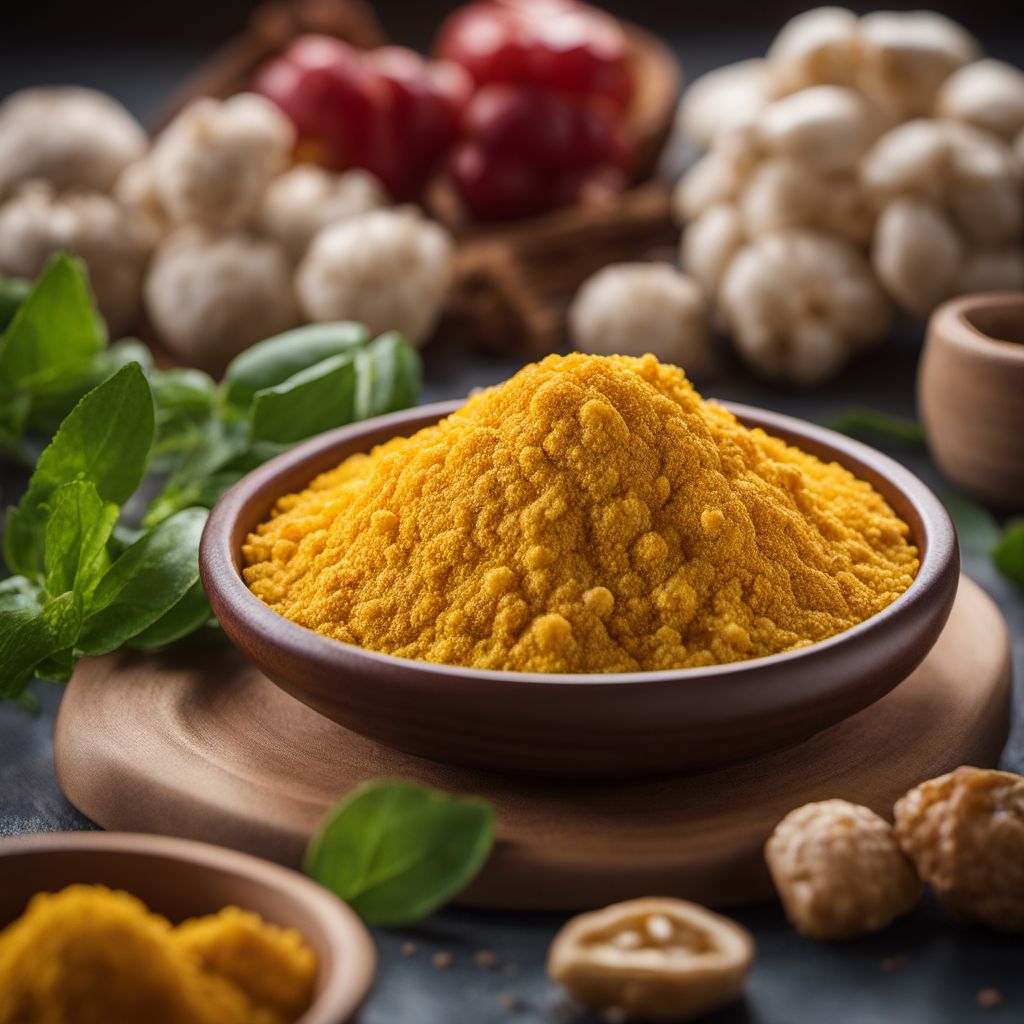
Ingredient
Hummus
The Versatile Chickpea Dip
Hummus is a creamy and smooth dip with a nutty and tangy flavor. It has a thick consistency and a light beige color. The texture is velvety and can be adjusted by adding more or less olive oil. It is often garnished with a drizzle of olive oil, a sprinkle of paprika, or a handful of fresh herbs. Hummus can be enjoyed as a dip, spread, or a base for various dishes.
Origins and history
Hummus has its roots in the Middle East, particularly in countries like Lebanon, Israel, and Palestine. It has been a staple in the Mediterranean and Middle Eastern cuisines for centuries. Chickpeas, the main ingredient of hummus, have been cultivated in this region for thousands of years. Hummus gained popularity worldwide in the 20th century and is now a beloved dish in many cultures.
Nutritional information
Hummus is a nutrient-dense food, rich in plant-based protein, dietary fiber, healthy fats, and essential vitamins and minerals. It is a good source of iron, folate, vitamin C, and vitamin E. A typical serving of hummus (100g) contains approximately 166 calories.
Allergens
May contain sesame seeds due to the presence of tahini.
How to select
When selecting hummus, look for a brand or homemade version that uses high-quality ingredients and avoids artificial preservatives or additives. Opt for hummus that has a smooth and creamy texture without any lumps. Check the expiration date to ensure freshness.
Storage recommendations
To maintain the freshness and quality of hummus, store it in an airtight container in the refrigerator. It can typically last for up to one week. Stir well before serving if any separation occurs.
How to produce
Hummus can be easily made at home by blending cooked chickpeas, tahini, olive oil, lemon juice, garlic, and spices in a food processor until smooth. It can also be found in most grocery stores or supermarkets.
Preparation tips
Hummus can be enjoyed as a dip with pita bread, fresh vegetables, or crackers. It can also be used as a spread in sandwiches or wraps. Additionally, hummus can be incorporated into salads, grain bowls, or used as a topping for roasted vegetables or grilled meats.
Culinary uses
Hummus is commonly used in Middle Eastern and Mediterranean cuisines. It is a staple in countries like Lebanon, Israel, Palestine, and Greece. It has also gained popularity in Western countries as a healthy and flavorful dip or spread.
Availability
Hummus is widely available in grocery stores, supermarkets, and specialty food stores around the world.
